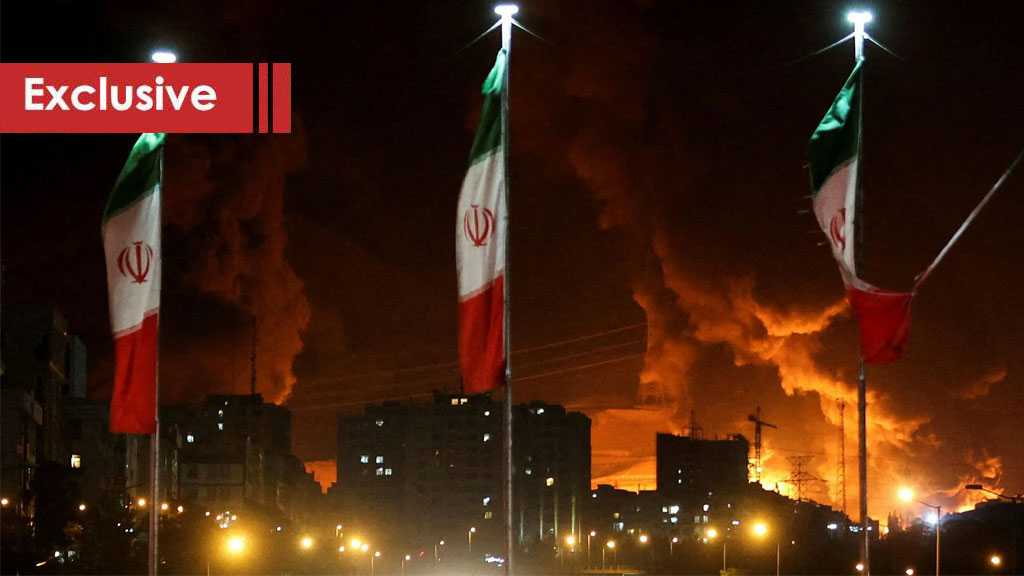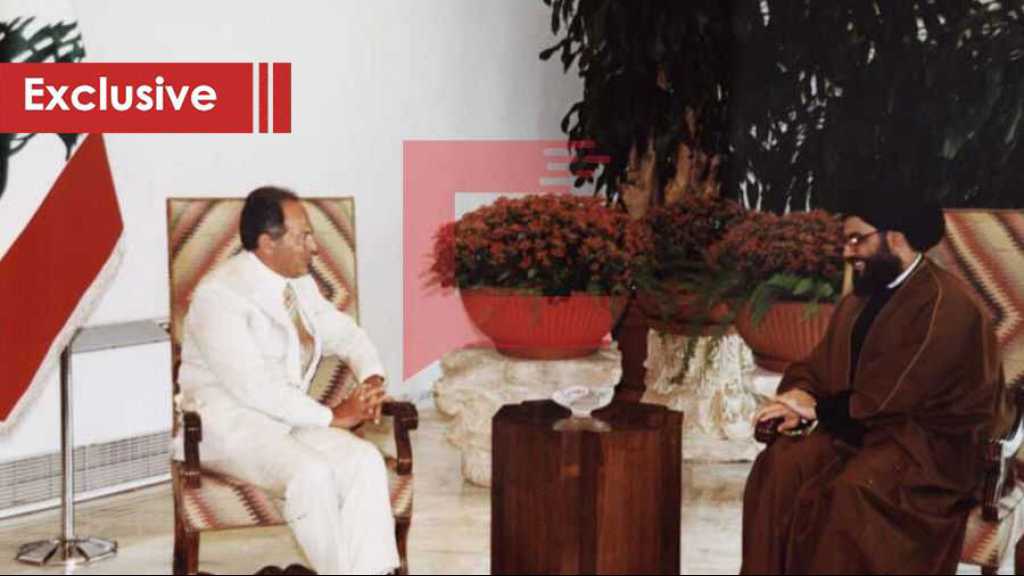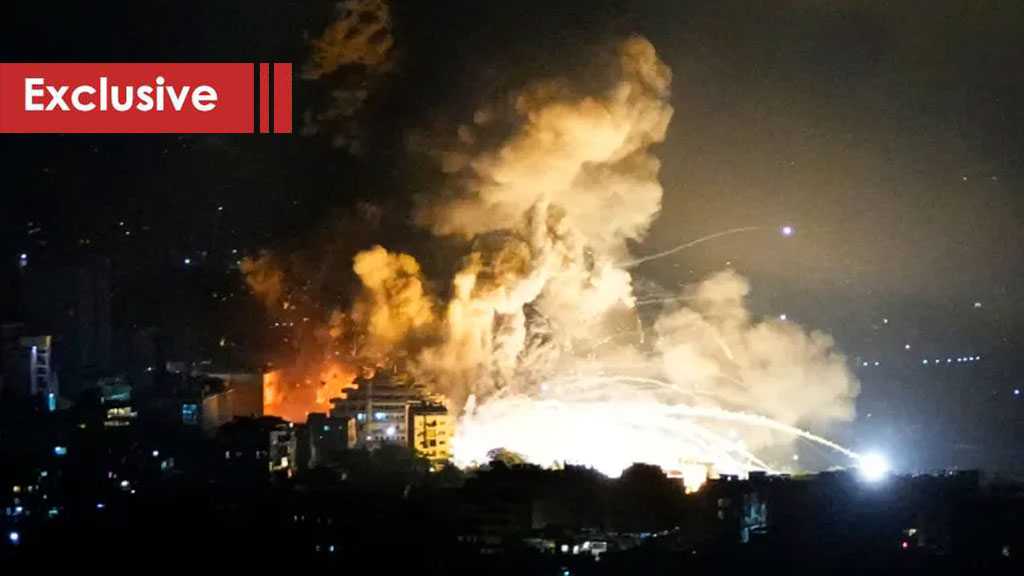“Israel’s” Futile Air War: Why Precision Strikes Cannot Destroy Iran’s Nuclear Program or Gov’t

By Mohamad Hammoud
Lebanon – “Israel’s” recent air campaign against Iran marks an unprecedented attempt to reshape a major state’s strategic posture using airpower alone. As Robert A. Pape argues in Foreign Affairs [June 17, 2025], this effort is historically untested and strategically flawed. Relying on airstrikes to dismantle Iran’s nuclear program and force regime change risks yielding the opposite result: a more determined, secretive and nuclear-armed adversary.
The Limitations of Airpower
History offers a sobering verdict on the effectiveness of airstrikes in achieving political goals. Despite advances in precision weaponry and intelligence, no modern power—whether the United States, Russia or “Israel”—has succeeded in toppling a government or eliminating an entire weapons program by airpower alone. From the World Wars to Iraq, Afghanistan and Chechnya, air campaigns have inflicted damage but failed to deliver decisive political outcomes.
“Israel’s” current campaign builds on its prior tactical successes: assassinations of high-level Iranian allies, destruction of missile sites, and degradation of Iran’s communication and nuclear infrastructure. Yet Pape warns that these tactical victories may lull “Israeli” leaders into a dangerous illusion—that precision strikes can accomplish strategic goals like regime change or nuclear disarmament without boots on the ground or international backing.
The Iranian Nuclear Puzzle
At the heart of the campaign is “Israel’s” effort to eliminate Iran's nuclear program. However, Iran's facilities are designed to withstand precisely this kind of attack. Critical enrichment sites like Fordow and Natanz are buried deep underground—too deep for “Israel’s” air force to strike effectively without US bunker-busting bombs. So far, even the shallower chambers at Natanz have been spared, likely due to operational limitations or political constraints.
Moreover, Iran's nuclear capabilities are not confined to a few sites. Stockpiles of enriched uranium are dispersed, and the country's ability to rebuild centrifuge production lines complicates any effort to eliminate the program entirely. A successful air campaign would need to destroy over 90 percent of Iran's 60% enriched uranium—currently enough for ten bombs—to halt its progress. This is a near-impossible task even with US support, let alone by “Israel” alone.
The Fantasy of Regime Change
Failing to neutralize the nuclear program, “Israel” appears to be flirting with the idea of toppling the Iranian government. “Israeli” Prime Minister Netanyahu has suggested that the Islamic Republic is weakened and vulnerable to collapse. Yet, as Pape notes, no historical precedent supports the idea that regime change can be achieved from the air. Even with accurate intelligence and targeted killings, replacing a hostile government requires ground operations, political planning, and—crucially—domestic buy-in within the target country.
Even the most dramatic assassinations rarely yield the desired political outcomes. From the US failure to eliminate Gaddafi and Saddam Hussein from the air to Russia's targeting of Chechen leaders, the record shows that air decapitation strikes either fail or usher in more radical successors. In Iran, the regime has shown remarkable resilience under decades of pressure, and foreign intervention only inflames nationalist sentiment, making regime survival more likely—not less.
Strategic Blowback and the Nationalist Backlash
Perhaps the most dangerous aspect of “Israel’s” strategy is the underestimation of Iranian nationalism. As history in Iraq, Afghanistan, and even Gaza shows, foreign intervention typically triggers resistance, not compliance. Bombing campaigns intended to provoke rebellion usually provoke unity instead. Iran's population, even those critical of the regime, are unlikely to support leadership change orchestrated by a hostile foreign power.
Moreover, if the Bushehr nuclear reactor were targeted, the potential for a Chernobyl-like disaster looms large. This would not only cause regional devastation but also justify Iranian retaliation against "Israeli" nuclear facilities. Far from reducing the threat, such escalation could draw the United States into another Middle Eastern conflict, despite public and political fatigue with war.
Conclusion: A Strategic Dead End
Pape concludes that “Israel” is trapped by its faith in technological superiority—what he terms the “smart-bomb trap”. The air campaign, while tactically effective, cannot accomplish “Israel’s” strategic objectives. Without a ground invasion or decisive US intervention—both highly unlikely—“Israel” cannot destroy Iran's nuclear capability or its government.
The longer this campaign continues, the more likely it becomes that Iran will rebuild its program in secret, with fewer international inspections and more public support at home. Instead of weakening Iran, "Israel" may be hardening its resolve and accelerating its nuclear ambitions.
Ultimately, the lesson is clear: military technology cannot substitute for political strategy. If “Israel” continues down this path, it risks triggering another endless war, destabilizing the region further, and empowering the very regime it seeks to destroy.




